Discover the best beginner scuba diving Philippines locations. From Anilao to Coron, explore pristine waters with comprehensive tips for new divers.
The Philippines archipelago, with its 7,641 islands surrounded by crystalline waters, stands as a premier destination for beginner scuba diving. The Philippines offers an unmatched underwater experience that welcomes divers of all experience levels. For those new to beginner scuba diving, the Philippines destinations provide the perfect combination of warm waters, exceptional visibility, and accessible marine biodiversity. Additionally, with English-speaking instructors widely available and competitive pricing for certification courses, novice divers can confidently begin their underwater journey in this tropical paradise.
Why Choose the Philippines for Your First Diving Experience

The Philippines consistently ranks among the world’s top beginner scuba diving destinations for several compelling reasons. First, the water temperature hovers between a comfortable 27-30°C (80-86°F) year-round, eliminating the need for thick wetsuits that can complicate buoyancy control for beginners. Second, many dive sites boast visibility exceeding 30 meters (100 feet), allowing new divers to better orient themselves underwater. Moreover, the abundance of shallow reef systems means beginners can discover extraordinary marine life without venturing into challenging depths.
Perhaps most importantly, beginner scuba diving Philippines packages offer exceptional value for diving education. For instance, complete Open Water certification packages start at around $350-450 USD, which is significantly lower than prices in Australia, Europe, or the United States. In addition to affordability, the Philippines’ diving industry maintains high safety standards with modern equipment and well-trained staff who understand the needs of beginner divers.
Best Times to Visit for Beginner Divers
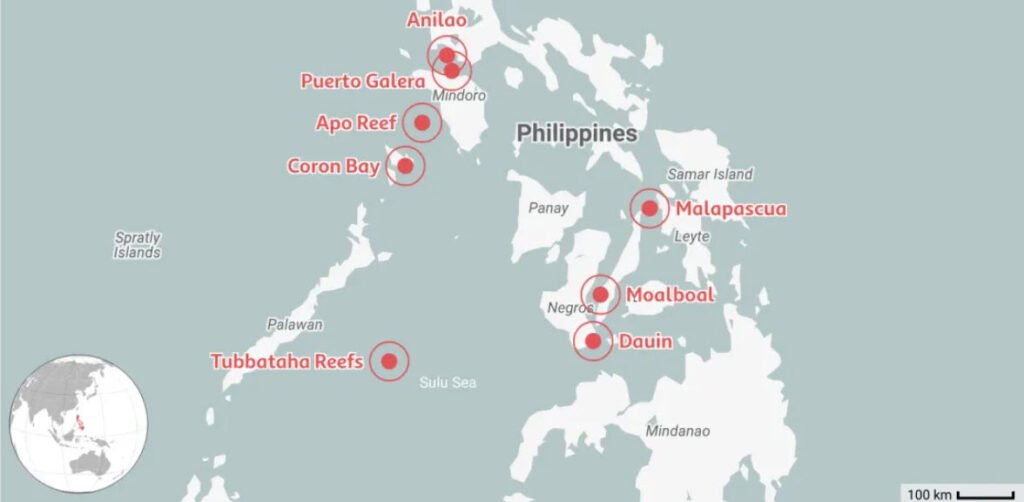
While diving occurs year-round in the Philippines, certain seasons provide optimal conditions for those just starting their underwater adventures. Generally speaking, the dry season from November through May offers the most consistent visibility and calmer seas. However, each region has slight variations worth considering when planning your beginner scuba diving Philippines adventure.
For Luzon dive sites like Anilao and Puerto Galera, December through April typically provides the most favorable conditions. Meanwhile, Cebu and Bohol areas enjoy their best diving from February through June. Conversely, the southwest monsoon season (June-October) brings occasional typhoons that can restrict diving operations, especially in August and September.
The Perfect Place to Start Your Scuba Experience
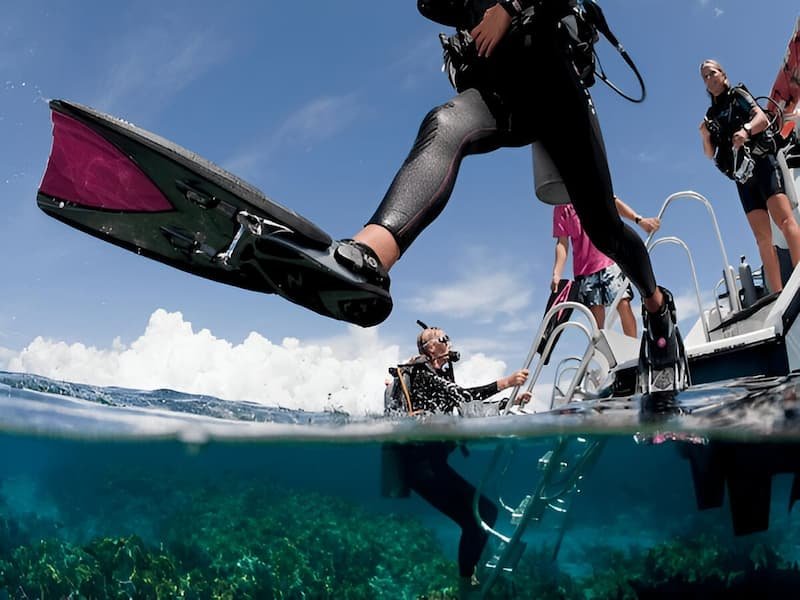
The region of Luzon, close to Manila, is an ideal starting point for your scuba diving adventure. With its convenient beach entries and abundant macro marine life, thousands of divers flock to the area annually to earn their certifications. For those interested in wreck diving, Subic Bay provides a unique opportunity to explore sunken WWII warships up close. These wrecks are now vibrant ecosystems covered in soft corals, home to turtles, sea snakes, and countless fish species.
Anilao and Puerto Galera offer excellent reef and drift diving experiences, catering to divers of all levels.
Palawan is renowned for world-class diving, with Coron being a haven for wreck diving enthusiasts. Often referred to as Southeast Asia’s wreck diving capital, Coron features a fleet of Japanese Imperial Navy ships sunk in September 1944. The area is also celebrated for its stunning beaches and breathtaking scenery, making it a true gem in Palawan’s crown. El Nido, just a 3.5-hour ferry ride from Coron, offers equally spectacular views above and below the water.
Boracay, a popular tourist destination famous for its pristine beaches, caters to beginner divers while also offering thrilling wall dives for more experienced adventurers.
Cebu boasts several dive spots: Malapascua is known for its Thresher and Tiger Sharks, while Moalboal is famous for massive sardine bait balls. Mactan features high-end resorts with shelving reefs perfect for exploration.
In terms of marine biodiversity, the Philippines offers encounters with thresher sharks, whale sharks, schools of jacks, sardine runs, and various rays. It’s an excellent destination for honing new scuba skills while enjoying diverse underwater ecosystems and a relaxed vacation on land.
To help you visualize what’s waiting beneath the waves, we’ve included a fantastic video from Life On Earth. It showcases The Best Scuba Diving Spots in the Philippines, including hidden gems and beginner favorites.
Best Months to Spot Marine Life in the Philippines
If you’ve ever dreamed of swimming alongside majestic manta rays, spotting a stealthy stonefish, or hearing the calls of pilot whales, then you’re in the right place.
The Philippines is one of the world’s top marine biodiversity hotspots, but when you go, it can make all the difference. To help you make the most of your ocean adventure, we’ve created a handy Marine Life Sightings Calendar.
This chart shows which species are most active month by month, so you’ll know the perfect time to dive, snorkel, or go on a whale-watching tour.
👇 Check out the visual guide below and plan your next ocean encounter with confidence!

Top 5 Beginner Scuba Diving Philippines Destinations
1. Anilao, Batangas

Located just a 2-3 hour drive from Manila, Anilao serves as the perfect introduction to beginner scuba diving. The Philippines’ capital proximity makes it highly accessible, and the area features dozens of shallow dive sites ideal for beginners. In fact, many PADI and SSI instructors choose Anilao for training due to its protected bays and gentle currents.
What truly sets Anilao apart, though, is its surprising biodiversity in depths under 15 meters. For example, beginners can encounter numerous nudibranch species, colorful reef fish, and occasional sea turtles without venturing into deep water. Additionally, many resorts offer shore diving options, allowing new divers to practice entries and exits without boat complications.
Recommended for: Macro photography enthusiasts and those wanting quick access from Manila
Approximate costs: Dive packages from ₱3,500 ($70 USD) per day, including two dives
2. Puerto Galera, Mindoro

Once you’ve made the scenic journey from Manila (approximately 3 hours by car and ferry), Puerto Galera rewards beginners with some of the most accessible coral gardens in the Philippines. Moreover, its protected coves create ideal conditions for building confidence underwater, with minimal currents and excellent visibility year-round.
The Sabang area, specifically, offers several shallow dive sites where beginners can observe vibrant hard and soft corals while practicing buoyancy control. Additionally, many dive centers feature house reefs just steps from their doors, allowing for convenient confined water sessions before venturing to boat dives.
Recommended for: Social divers who enjoy a lively atmosphere between underwater adventures
Approximate costs: Accommodation and diving packages from ₱4,000 ($80 USD) per day
3. Moalboal, Cebu
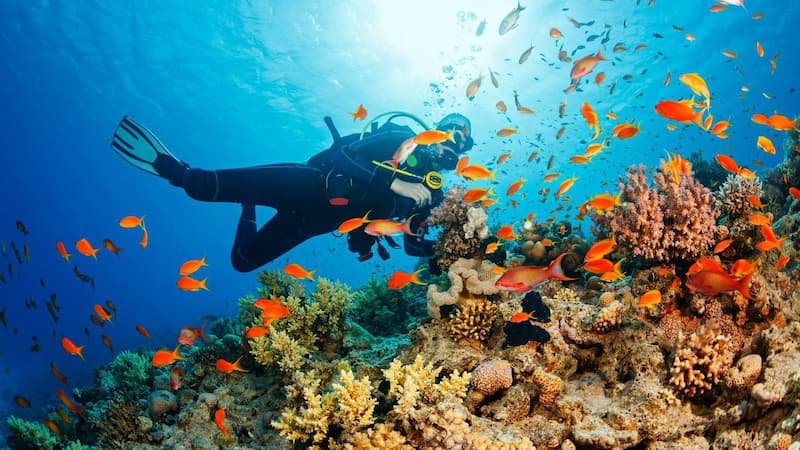
The crown jewel of Moalboal’s beginner scuba diving Philippines experience—accessible even to novices—is undoubtedly the famous sardine run. Unlike most world-class marine spectacles that require advanced skills, this massive, swirling ball of sardines can be observed in relatively shallow water just off Panagsama Beach. Furthermore, the gentle slope of the house reef makes it perfect for gradual depth progression as confidence grows.
Beyond the sardines, Moalboal consistently delivers encounters with sea turtles, colorful reef fish, and occasional passing pelagics. Additionally, day trips to nearby Pescador Island introduce beginners to simple drift diving techniques under close instructor supervision.
Recommended for: Wildlife enthusiasts wanting guaranteed marine life encounters
Approximate costs: Diving packages from ₱5,000 ($100 USD) per day, including accommodation
4. Coron, Palawan
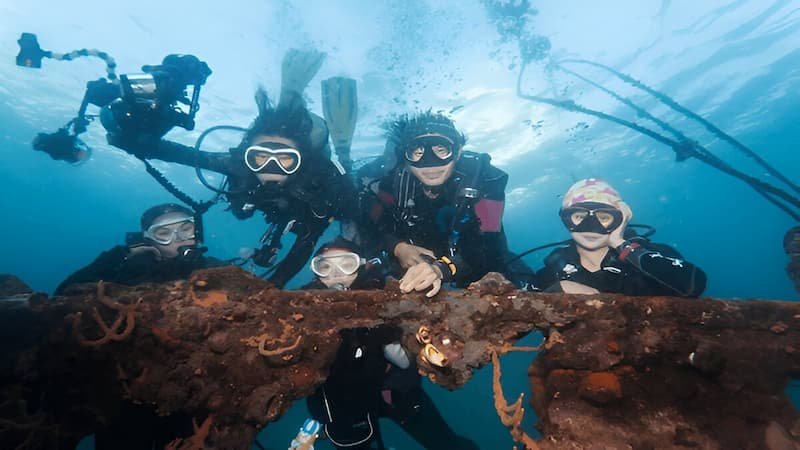
While Coron gained fame for its WWII wreck diving, many visitors don’t realize that several of these historical sites rest in shallow enough water for newly certified divers. For instance, the Skeleton Wreck partially breaks the surface, allowing beginners to explore a genuine shipwreck without exceeding comfortable depths.
Beyond wrecks, Coron offers surreal underwater topography with stunning limestone formations, crystal lagoons, and healthy reef systems. Moreover, the area’s numerous islands create protected channels where beginners can dive with minimal current even during challenging seasons.
Recommended for: History buffs and underwater photographers
Approximate costs: 3-day dive packages from ₱12,000 ($240 USD) including accommodation
5. Malapascua Island, Cebu
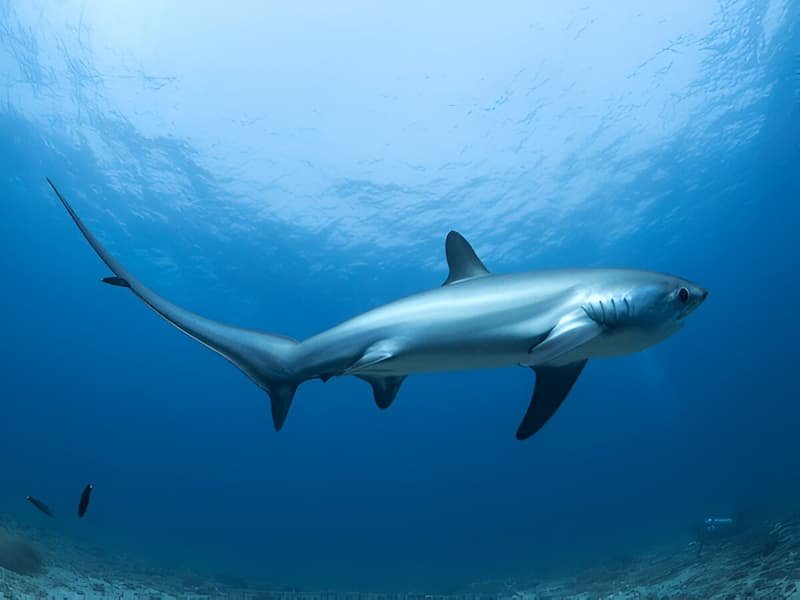
Although Malapascua is internationally renowned for thresher shark encounters (an advanced dive), the island offers several beginner scuba diving locations that often get overlooked. In particular, the shallow coral gardens surrounding the island provide perfect training grounds before progressing to more challenging dives.
The relaxed atmosphere of this small island creates an ideal environment for focusing on dive education. Additionally, most dive centers offer progressive packages that gradually introduce beginners to different conditions as their skills develop.
Recommended for: Divers looking for a quiet learning environment with room to advance
Approximate costs: Diving and accommodation packages from ₱4,500 ($90 USD) per day
Getting Certified in the Philippines
For many visitors, the Philippines represents not just a diving destination but the perfect place to earn their first scuba certification. Open Water courses typically span 3-4 days and include:
- Knowledge development (either online pre-trip or in-class)
- Confined water skills practice in shallow areas
- Four open water dives to apply learned skills
Most importantly, beginner scuba diving Philippines certification costs include several advantages over other destinations. In addition to lower overall pricing, many resorts offer packages that combine certification with accommodation. For example, a complete 4-day PADI Open Water course with lodging averages ₱18,000-25,000 ($360-500 USD), roughly half the price of identical courses in Western countries.
Essential Packing Tips for Beginner Divers
While dive centers provide the essential equipment, bringing certain personal items enhances comfort and enjoyment. Consider packing:
- Mask and snorkel: Finding a well-fitting mask before your trip prevents leakage issues underwater
- Rashguard or thin wetsuit: A 3mm shorty wetsuit or UV-protective rashguard suits Philippine water temperatures
- Underwater camera: Simple action cameras capture memories without requiring professional photography skills
- Reef-safe sunscreen: Protects your skin while preserving the fragile reef ecosystems
- Log book: Document your first diving experiences for certification requirements
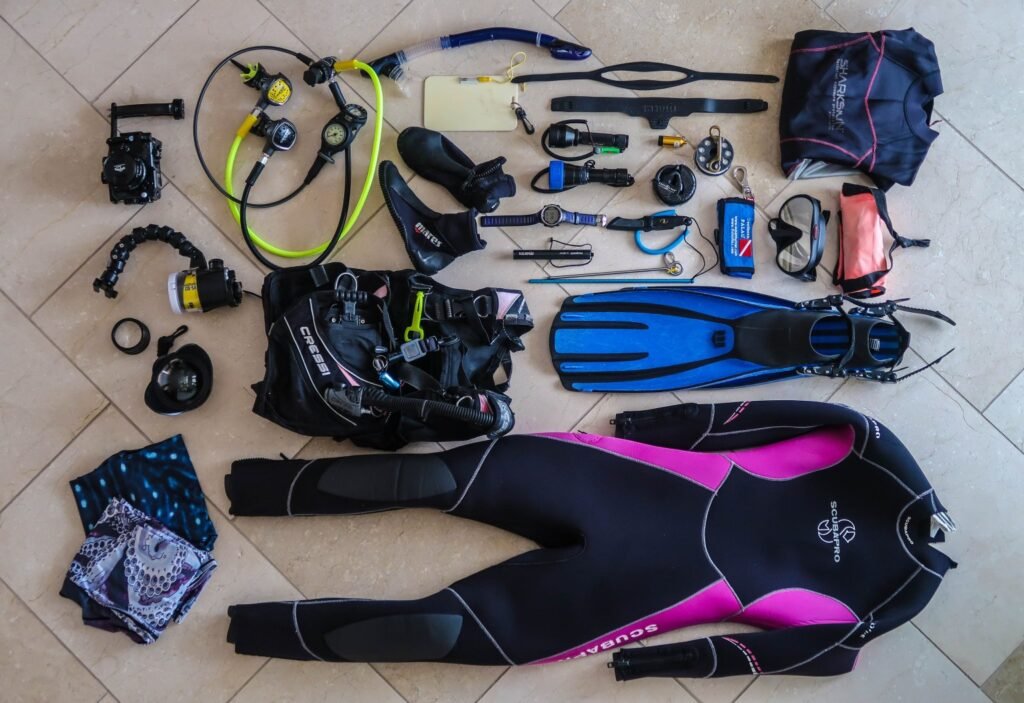
Responsible Diving Practices
As newcomers to the underwater world, beginner scuba diving Philippines enthusiasts have the unique opportunity to develop sustainable habits from their very first submersions. Many Philippine dive operators participate in Green Fins certification, adhering to environmental standards that minimize impact on marine ecosystems.
Beginners can contribute to conservation efforts by:
- Perfecting buoyancy control to avoid accidental reef contact
- Choosing operators that follow responsible briefing practices
- Participating in regular beach and underwater clean-ups
- Supporting marine protected areas through entrance fees and donations
- Learning about local marine species and their conservation status
Sample 3-Day Beginner Dive Itinerary
Arrival and Orientation – Day 1
- Morning: Arrive at your chosen beginner scuba diving Philippines destination
- Afternoon: Equipment fitting and paperwork
- Evening: Dive theory introduction or refresher
First Diving Day – Day 2
- Morning: Shallow dive at house reef (max 12m/40ft)
- Afternoon: Second dive with slightly more challenging conditions
- Evening: Log diving experiences and review marine life sightings
Building Confidence – Day 3
- Morning: Slightly deeper dive (max 18m/60ft) with potential current
- Afternoon: Fun dive at a site chosen based on progress
- Evening: Certification celebration or next-steps planning
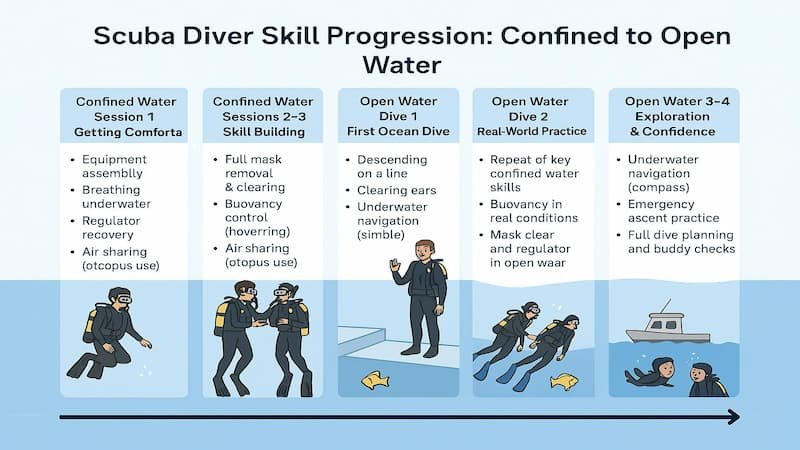
Frequently Asked Questions
Do I need to know how to swim well to scuba dive in the Philippines?
While basic swimming ability is required, you don’t need to be an Olympic swimmer. PADI standards require the ability to swim 200 meters and float/tread water for 10 minutes.
How much should I budget for beginner scuba diving courses?
Plan for approximately $350-500 USD for a complete Open Water certification course, including accommodation, plus additional costs for extra fun dives ($35-50 per dive).
Is it safe for beginners to dive in the Philippines?
Absolutely. The Philippines maintains high safety standards with well-trained instructors and modern equipment. Always choose dive centers with good reviews and proper certifications.
What’s the minimum age for scuba diving in the Philippines?
Children as young as 10 can participate in the PADI Junior Open Water Diver course, while those 8-9 years old can try the Bubblemaker experience in very shallow water.
Can I use my newly earned certification for all dive sites in the Philippines?
Most beginner-friendly sites accept Open Water certification (18m/60ft depth limit). Some advanced sites may require additional experience or certification levels.
Additional Resources/Links
- Philippine Commission on Sports Scuba Diving – Official government resource for diving regulations
- Green Fins Philippines – Environmental guidelines for responsible diving practices
- Dive the World Philippines – Comprehensive database of Philippine dive sites
- Project AWARE – Marine conservation initiatives for divers
- DAN Asia-Pacific – Diving safety and emergency assistance information

A Final Thought…
Beginner scuba diving Philippines locations offer the perfect blend of conditions for new divers: forgiving environments, affordable training, and extraordinary marine life accessible at shallow depths. Whether you choose the convenience of Anilao, the biodiversity of Moalboal, or the historical treasures of Coron, your first underwater experiences in the Philippine archipelago will set a high standard for all your future diving adventures.
By focusing on proper training, responsible practices, and gradual skill development, new divers can safely discover why the Philippines consistently ranks among the world’s premier diving destinations. Most importantly, the memories and underwater skills you develop here will last a lifetime, opening the door to exploring our planet’s vast underwater realms.
What was your first diving experience like? Or if you’re planning your beginner scuba diving Philippines certification journey, which destination appeals to you most? Share your thoughts in the comments below!








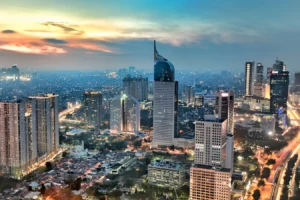

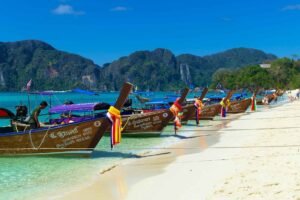


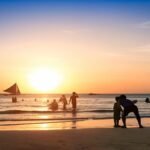

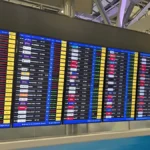
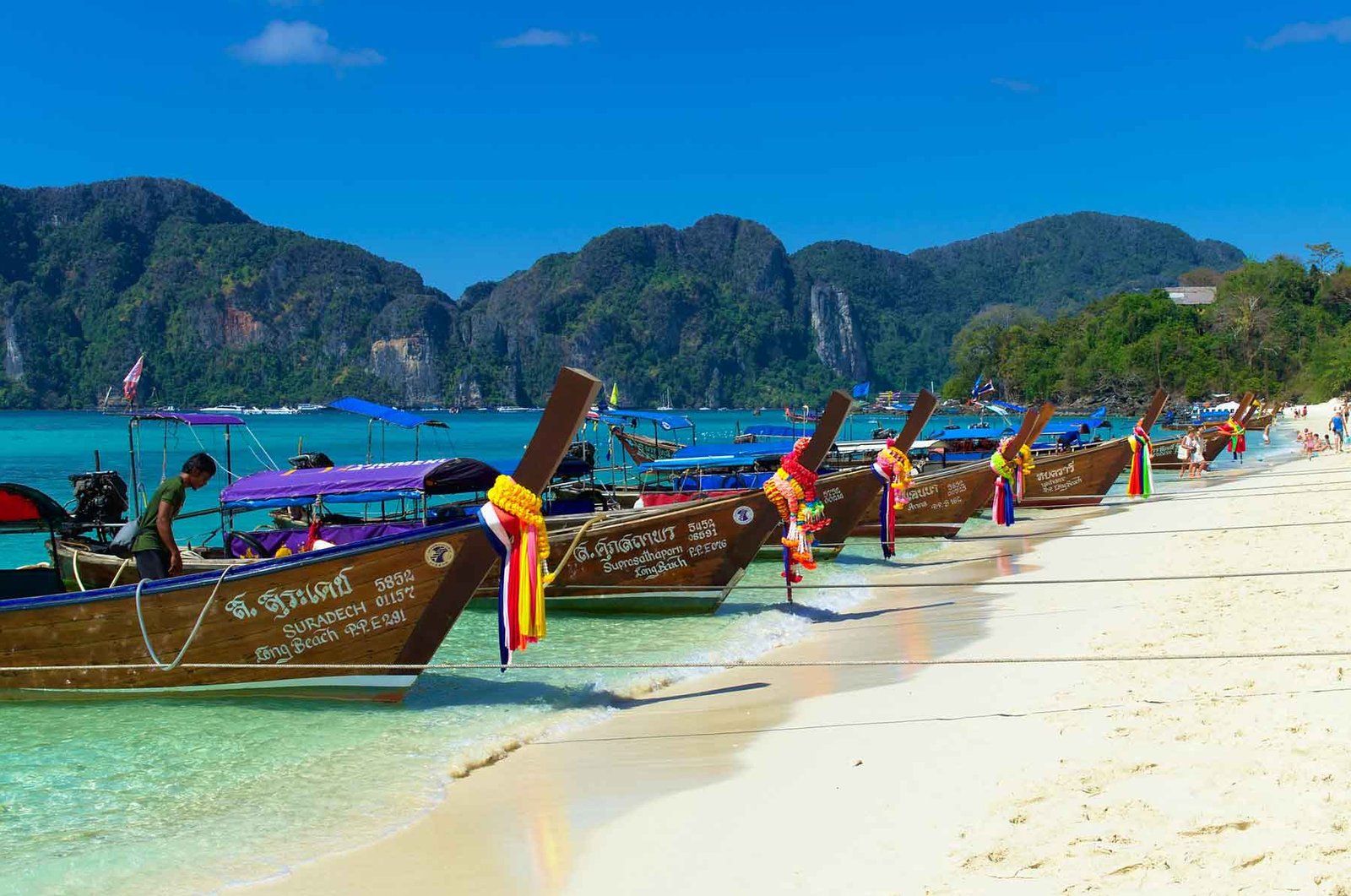


INhJPBd rCZiE GXmXpy GAyBZYy